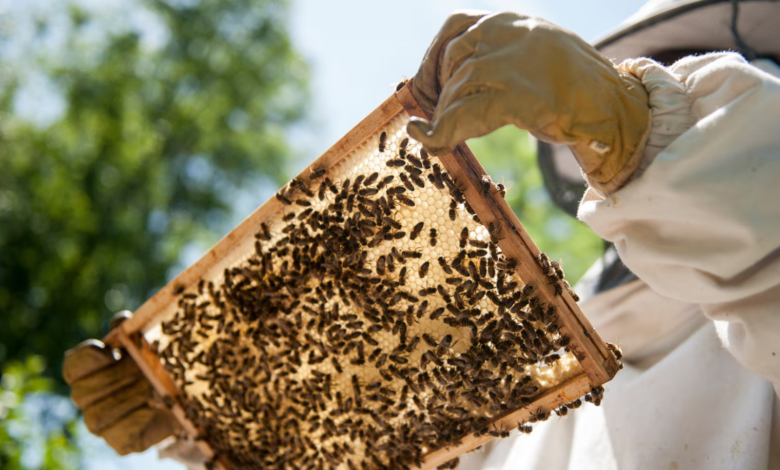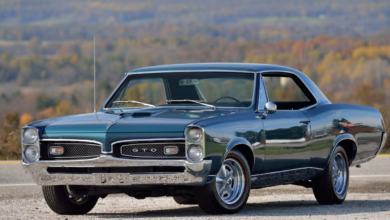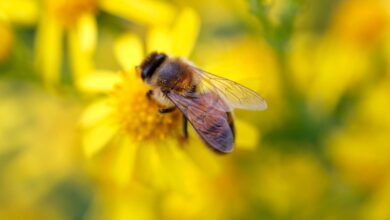The best way to help bees? Don’t become a beekeeper like I did

Itook up urban beekeeping more than a decade ago with the best intentions. I wanted to help to save bees from the many threats they faced in the countryside – the modern farming practices that douse crops in toxic pesticides and rob bees of wildflower meadows. My small back garden filled with bee-friendly flowers seemed like a paradise in comparison.
But what I didn’t know was that by keeping bees I would only be helping one species of bee – the domesticated honeybee, which doesn’t really need saving – and possibly harming others.
Most people think all bees make honey, are striped, sting, and live in a colony with a queen, but this isn’t the case. There are 270 different species of bee in the UK, and the honeybee is the only one that fits that description. Globally, there are about 25,000 different types of bee; many are harmless, they come in a plethora of patterns and colours, and only a tiny percentage live in social colonies. The overwhelming majority are solitary, which means that the female bee nests alone in nooks and crannies or makes underground burrows in which to lay her eggs. These solitary bees, along with bumblebees – the plump, densely haired ones that seem to defy aerodynamics – are all wild insects, which puts them at much greater peril from habit loss than the mollycoddled honeybees we give hives to live in.
When I collected a swarm of honeybees from my local beekeeping association to put in my hive, I knew none of this, nor that my newcomers may do more harm than good.
Little research had been done back then to understand the decline in wild bees and other pollinators, including the potential negative impact played by managed honeybees. But recent studies conducted in Europe and North America seem to suggest that when honeybees are introduced into urban areas they can outcompete the wild bees.




